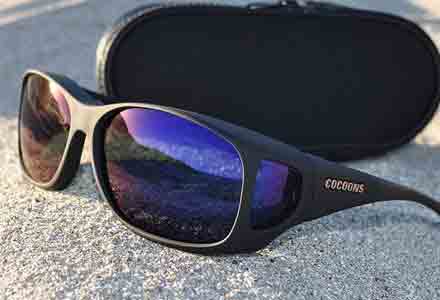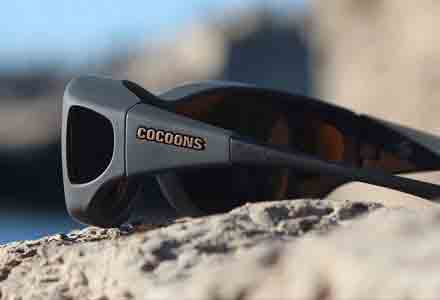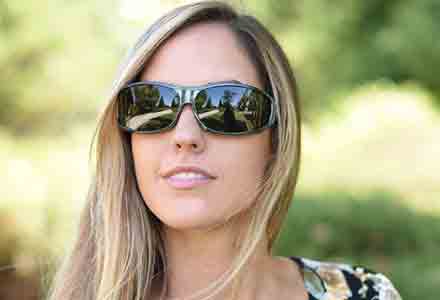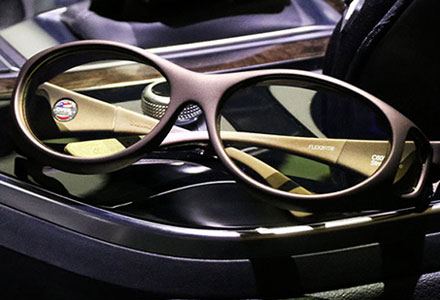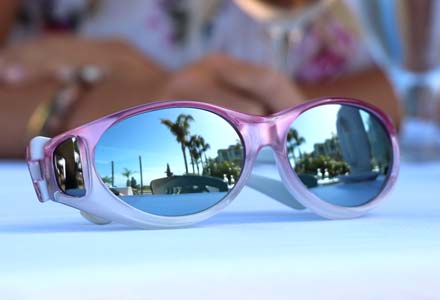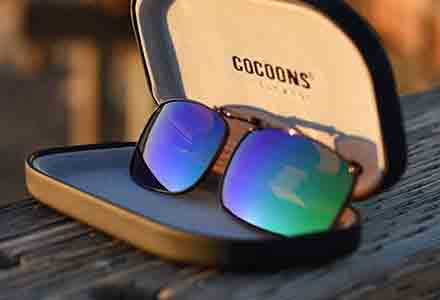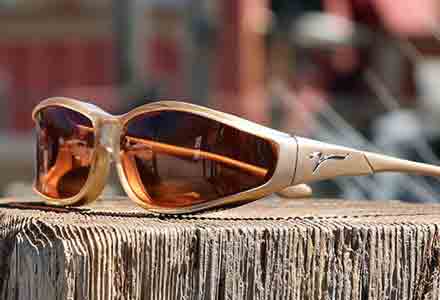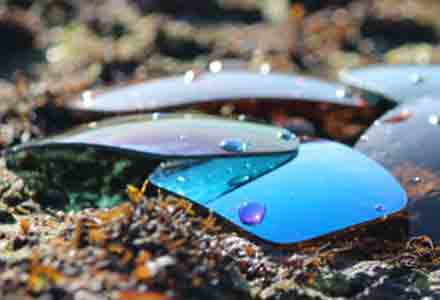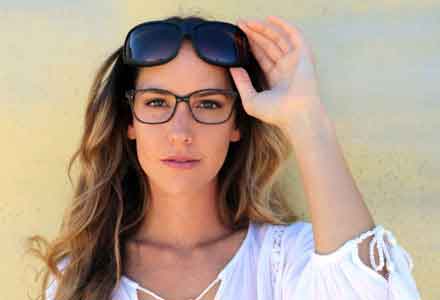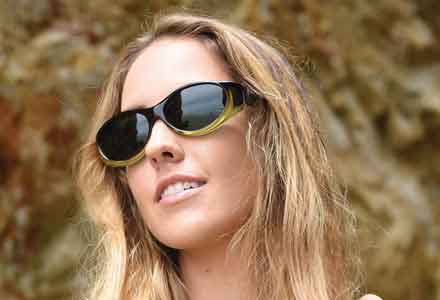Cocoons Clip-Ons, Cocoons Fitovers, Eye Health, Lifestyle, Visual Performance
Off Season “Shades”: Sunglasses Past Summer
It wasn’t until I had a little time in the optical industry under my belt that I realized the term “shades” as a name for sunglasses is a bit of a misnomer. As classically rock n roll as it is, “shades” really only encompasses a fraction of what sunglasses do—or what they ought to do. When I thought all lenses were created equal (and created to simply make things darker), I’d buy the cheapest pair of convenience store name-brand lookalikes I could find and squint my merry way down the road. However, just about the worst thing a sunglass can do is purely obscure your vision. While shades in windows are indeed designed to keep the sun out, that is, sunglasses should rather work with the sun and surrounding light conditions to create an optimal visual experience for the wearer and the activity at hand.
In other words, just because summer’s ending doesn’t mean we simply won’t need sunglasses until late next May. Weather patterns will indeed stray from straight-on sun, but our eyes will still need UV protection and tools for the best visual performance—we might just need some different tools. In the sunny spring and summer months, you’ll see a lot of dark, gray lenses because they tend to let in less light and thus work best with brighter conditions. Those lenses, in other words, are the best tools for that particular job. A change in light condition simply calls for a change in lens tint.
When the sun’s brightness is less intense and there are more clouds in the sky, lighter lenses will help strike an ideal balance between warmth and sharpness while still providing the polarization and UV protection we’ll need. (And make no mistake about it: UV is still certainly out there in colder weather—we’ve all gotten the ski day sunburn.)
For such overcast and cloudy conditions, people love our copper and yellow lenses. Our copper lenses filter scattered blue light to heighten depth perception and enhance contrast. As opposed to our gray lens that allows for 15% light transmission, our copper allows for 21%, so your field of vision will be relatively lighter. The slight lightness and contrast provide a warm, crisp field of vision, making these lenses perfect for driving and slightly overcast mornings and later in the afternoon. Our yellow lenses allow for an even brighter 27% visible light transmission while retaining a dramatic contrast enhancement, so they’re often used in stormy and low light conditions. They are thus a longtime favorite of skiers, snowboarders, and hunters everywhere. In these low light conditions, the yellow lens provides critical object definition and visual acuity.
With both our yellow and copper lenses, too, you’re getting some of the highest quality polarization available. Polaré® lenses eliminate glare that can come from light as well as reflection off liquid and solid surfaces. This helps maintain contrast while keeping the eyes relaxed and able to focus. That is, these lenses can still take their fair share of sun while providing you with a comfortable field of vision, making them perfect for varying, inconsistent, and unpredictable weather.
Different lenses are tools that serve different purposes; they’re designed to work in and with specific light conditions. While you might want a darker gray or amber lens around for midday, you might also want to keep a lighter lens around for lower light conditions. And with fall and winter’s unpredictable weather patterns coming up, it’s always smart to have a pair on hand. At Cocoons, we want to make sure you have a fitover available for any and every light condition. You can learn more about our lens recommendations here.

